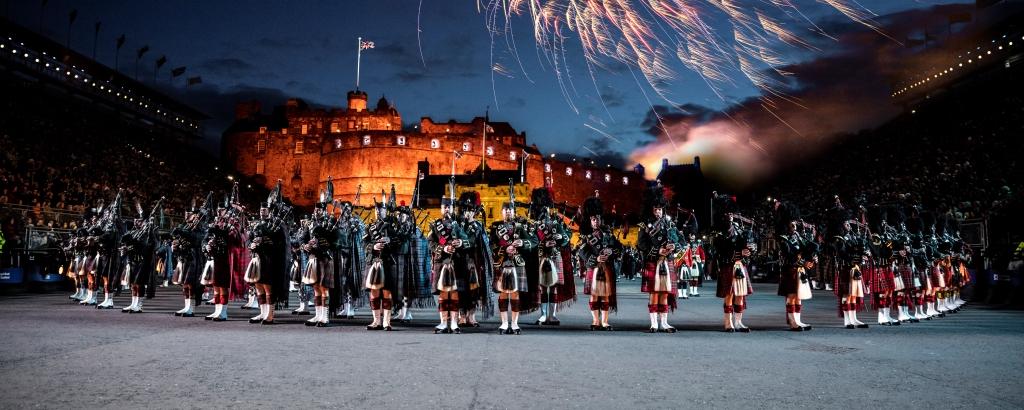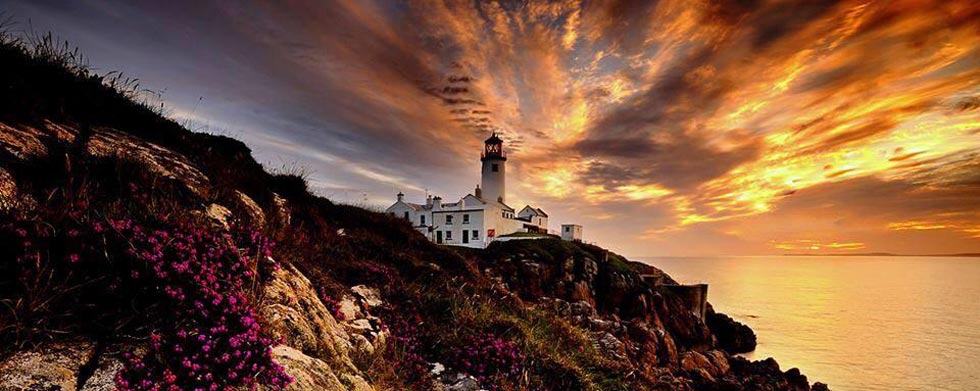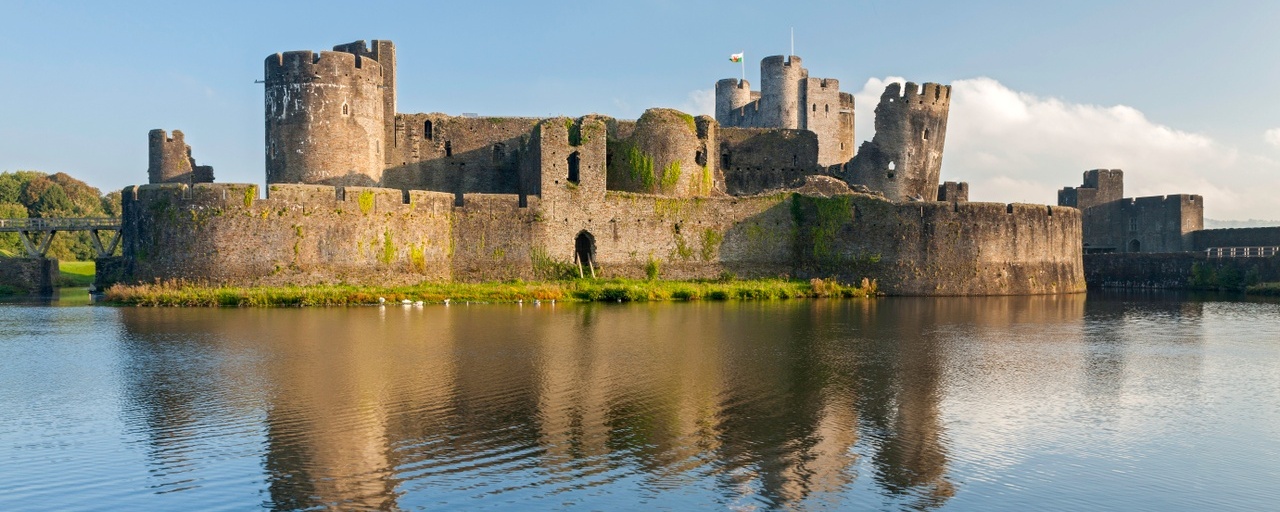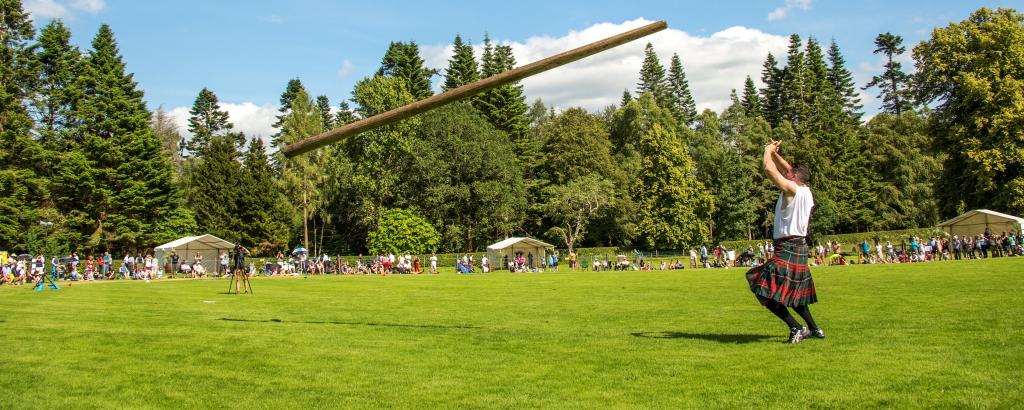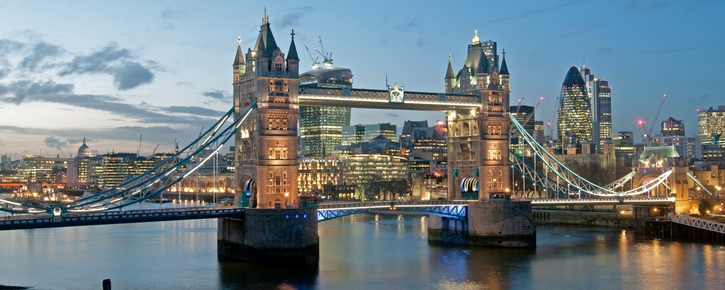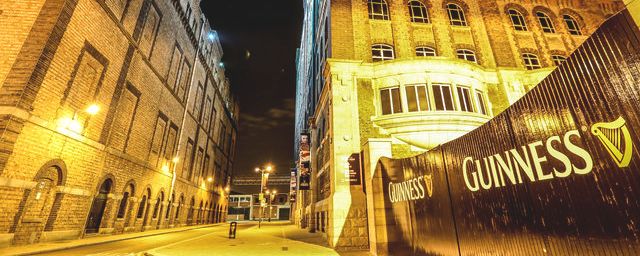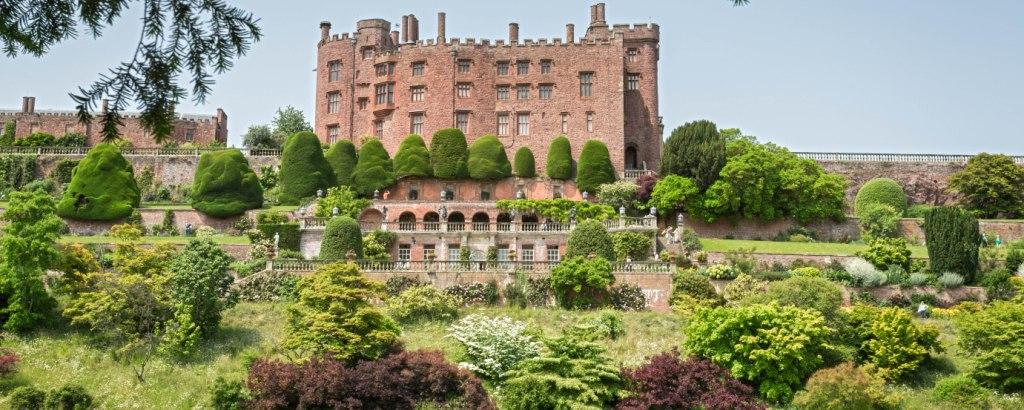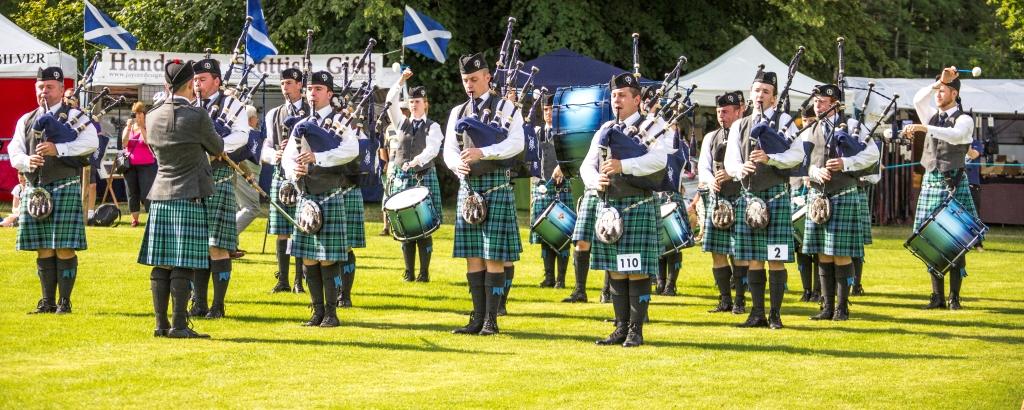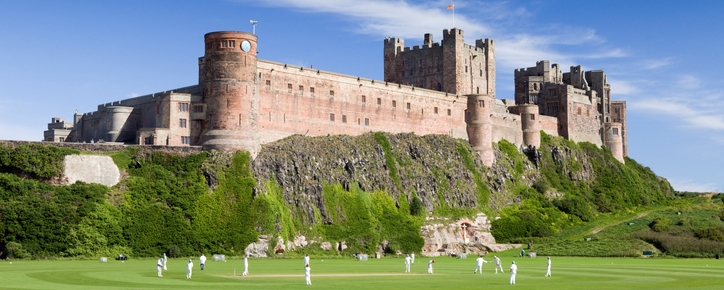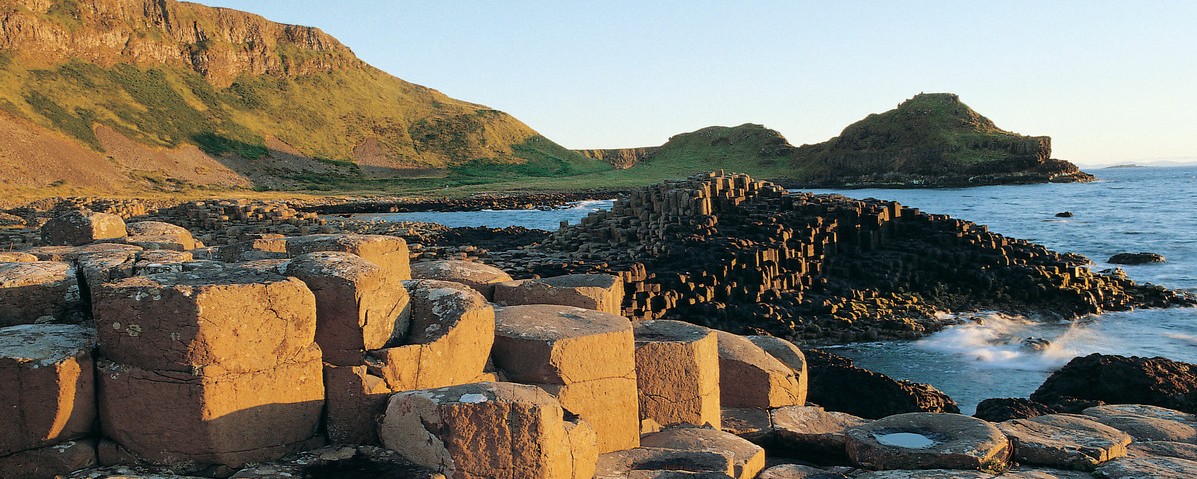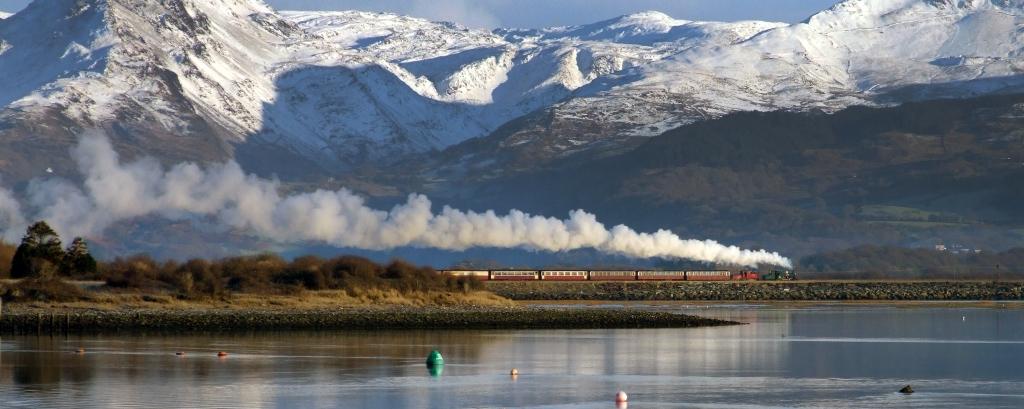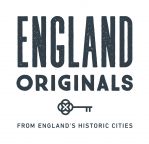Coin, coal and cheers in South Wales
Dawn and Neil, two of our team, were pleased to join a new 'Coin, Coal and Cheers' experience in South Wales. Here is their blog about the tour.
Organised by Southern Wales Tourism, the tour package included a number of top attractions such as The Royal Mint, a Welsh coal mining experience and a visit to Hensol Castle gin distillery. Dawn and Neil also spent time in Cardiff, and visited Blaenavon Ironworks and The Big Pit National Coal Museum to learn more about the incredible industrial heritage of South Wales.
 Blaenavon Ironworks
Blaenavon Ironworks
First stop was Blaenavon Ironworks, a former industrial area at the heart of the Blaenavon Industrial Landscape, a UNESCO World Heritage Site which recognises the importance of South Wales as the world’s major producer of iron and coal in the 19th century.
Now a museum, Blaenavon Ironworks helped to change the world. The surrounding hills were rich with coal, limestone and iron ore — the fuel of the Industrial Revolution – and in 1789 Blaenavon Ironworks harnessed the power of steam for the first time to blow air into its huge blast furnaces. A century later it was here that Sidney Gilchrist Thomas transformed the world’s steel industry by inventing a method to remove phosphorus from iron ore to improve the quality.
 Looking down from the water balance tower!
Looking down from the water balance tower!
On our visit, we saw the ruined furnaces, as well as the impressive remains of the foundry, cast house and water balance tower that raised wagons 80 feet into the air. We also saw the authentically furnished workers' cottages and the recreated ‘truck stop’ where the workers spent their wages.
 The ‘truck stop’ for workers at Blaenavon Ironworks
The ‘truck stop’ for workers at Blaenavon Ironworks
Close to Blaenavon Ironworks is the Big Pit National Coal Museum, the most popular attraction in the Blaenavon Industrial Landscape, which tells the story of coal mining in South Wales. A working coal mine until 1980, visitors can enjoy an underground tour as well as multimedia galleries and exhibitions.
 The Big Pit National Coal Museum
The Big Pit National Coal Museum
No visit to South Wales is complete without spending time in the lively Welsh capital, Cardiff. It is compact and easy to get around, with plenty to see and do, and we enjoyed visiting majestic Cardiff Castle and the National Museum Cardiff while we were there.
 Majestic Cardiff Castle
Majestic Cardiff Castle
Many people visit Cardiff to watch a rugby match at the Principality Stadium, the home of Welsh rugby, which dominates the Cardiff skyline.
 Neil in Cardiff with the Principality Stadium in the background
Neil in Cardiff with the Principality Stadium in the background
Just 20 minutes away from Cardiff is The Royal Mint, which produces the UK’s coins. It was fascinating to discover how coins are made and the background to coin production. Among the treasure trove of precious coins and rare artefacts is everything from an Alfred the Great penny dating back over 1,000 years, to medals from the London 2012 Olympics – and not to forget the iconic British Mini car covered in coins!
 A Mini covered in coins at The Royal Mint
A Mini covered in coins at The Royal Mint
Monday morning saw us at Hensol Castle Distillery – South Wales’s first full scale gin distillery, which is set in the cellars of a splendid 18th century castle. We found out all about the history of the castle and the distilling process, but the highlight was of course the gin tasting. There are worse ways to spend a Monday morning at work, that’s for sure!
 A gin tasting at Hensol Castle Distillery
A gin tasting at Hensol Castle Distillery
Our final destination was Rhondda Heritage Park, in the famous Rhondda Valley north of Cardiff, for a Welsh coal mining experience. The park offers an insight into the life of the coal mining community that existed in the area until the 1980s and is situated on the site of the former Lewis Merthyr Colliery.
 Rhondda Heritage Park
Rhondda Heritage Park
The Black Gold Experience is an underground tour led by a guide who once worked in a coal mine in the Rhondda Valley. It was fascinating to hear tales of life underground and the history of the ‘Black Gold’ that was shipped from the Rhondda around the globe.
 The Black Gold Experience
The Black Gold Experience
While we were at Rhondda Heritage Park, we were delighted to see a performance by Mountain Ash Male Voice Choir. Since the Industrial Revolution, male voice choirs have been an important part of Welsh culture, and traditionally most towns and villages had them. Many of those in the choirs would have been miners who met in the chapels after a long day’s work at the pit. To this day, Welsh male voice choirs are regarded around the world as the best of their kind.
To sum up, this was a thoroughly enjoyable and informative tour and highly recommended when visiting South Wales. There is so much to discover about this region and its important place in history and all of these attractions are within easy reach of each other.
If you or your group would like to enjoy a tailor-made tour of Wales, including some – or all – of the attractions visited by Dawn and Neil, please do contact our team today. We also specialise in Industrial Heritage Tours, which are tailored to the interests of our clients and their groups.
